Home>Maintenance & Safety>Pest Control Solutions>What Is The Difference Between Honey Bees And Yellow Jackets
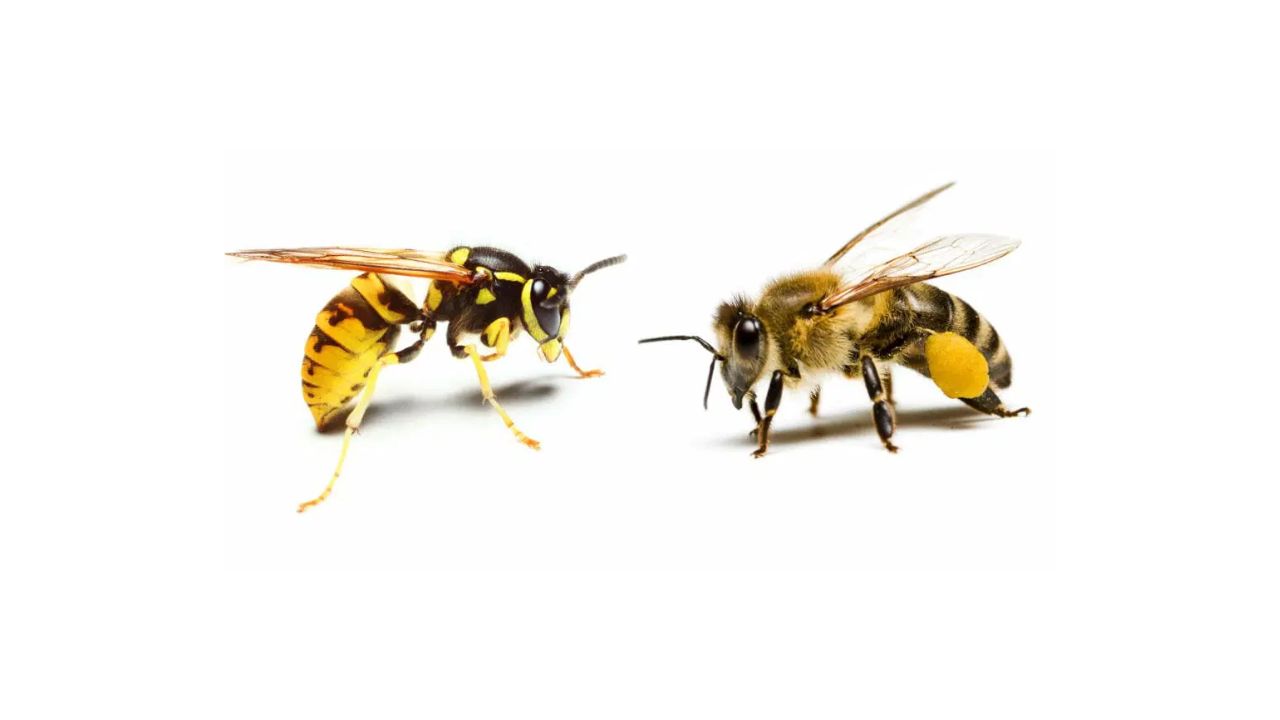

Pest Control Solutions
What Is The Difference Between Honey Bees And Yellow Jackets
Published: February 13, 2024
Discover the key distinctions between honey bees and yellow jackets. Learn how to manage them with effective pest control solutions. Explore more now!
(Many of the links in this article redirect to a specific reviewed product. Your purchase of these products through affiliate links helps to generate commission for Storables.com, at no extra cost. Learn more)
Physical Characteristics
When it comes to distinguishing between honey bees and yellow jackets, their physical characteristics play a crucial role. Understanding these differences can help in identifying and dealing with these insects effectively.
Honey Bees
Honey bees are renowned for their fuzzy appearance, with tiny hairs covering their bodies. These hairs are essential for collecting pollen, which is a vital component of their diet. Their bodies are typically amber to dark brown in color, and they boast a plump, rounded shape. One of the most distinctive features of honey bees is the presence of a barbed stinger, which is a defensive mechanism that causes the bee to perish after stinging.
Yellow Jackets
In contrast, yellow jackets exhibit a sleek and slender physique, with a lack of the characteristic fuzziness seen in honey bees. Their bodies are predominantly black with bright yellow markings, making them easily distinguishable. Unlike honey bees, yellow jackets possess smooth stingers, allowing them to sting repeatedly without facing the same fatal consequences as honey bees.
Understanding the physical disparities between honey bees and yellow jackets is crucial for effective pest control and management. These distinctions enable individuals to identify and address infestations or encounters with these insects in a manner that is both safe and efficient.
Key Takeaways:
- Honey bees are fuzzy, have barbed stingers, and help plants by pollinating. Yellow jackets are sleek, with smooth stingers, and control insect populations by hunting and scavenging.
- Honey bees build intricate hives, while yellow jackets make papery nests. Understanding their differences helps in safe and effective pest control.
Nesting Behavior
Honey bees and yellow jackets exhibit distinct nesting behaviors, which are essential to comprehend for effective pest management and conservation efforts.
Honey Bees
Honey bees are renowned for their intricate and meticulously constructed hives. These hives are typically located in sheltered areas, such as tree hollows, wall cavities, or man-made beehives. The construction of honey bee hives involves the use of beeswax, a substance secreted by worker bees, to create hexagonal cells for storing honey, pollen, and housing developing brood. The hive serves as a complex and organized living space, with a single queen bee at the helm, overseeing the colony's activities. The hierarchical structure within the hive ensures the smooth functioning of the bee community, with each member playing a vital role in maintaining the hive's productivity and sustainability.
Yellow Jackets
In contrast, yellow jackets exhibit a markedly different nesting behavior. These aggressive insects are known for building their nests in concealed underground locations or within wall voids of buildings. Yellow jacket nests are constructed from a papery material derived from wood fibers, which the insects chew and mix with their saliva to form a sturdy, multi-layered structure. Unlike honey bee hives, yellow jacket nests are temporary, with the colony's lifespan typically limited to a single season. The hierarchical structure within the yellow jacket colony is also distinct, with a queen leading the initial construction and expansion of the nest, while worker wasps diligently forage for food and tend to the needs of the developing brood.
Understanding the nesting behaviors of honey bees and yellow jackets is crucial for implementing targeted pest control strategies and fostering coexistence with these vital pollinators. By recognizing the unique characteristics of their nests and colonies, individuals can make informed decisions when addressing infestations or encounters with these insects, thereby ensuring the safety of both humans and the insect populations.
Diet and Foraging Habits
Honey bees and yellow jackets exhibit distinct dietary preferences and foraging habits, reflecting their roles as essential contributors to the ecosystem.
Honey Bees
Honey bees are renowned for their vital role in pollination, making them crucial for the reproduction of numerous plant species, including many agricultural crops. Their diet primarily consists of nectar and pollen gathered from flowers. Nectar serves as the primary energy source for honey bees, while pollen provides essential proteins and nutrients. As honey bees forage for nectar, they inadvertently transfer pollen from one flower to another, facilitating the pollination process vital for plant reproduction. This mutualistic relationship between honey bees and flowering plants underscores the significance of their foraging habits in maintaining ecological balance and sustaining diverse ecosystems.
Yellow Jackets
In contrast, yellow jackets are predatory insects with a distinct carnivorous diet. While they do consume nectar and sweet substances, their foraging habits predominantly revolve around hunting for other insects, scavenging for protein-rich food sources, and even feeding on human food items. This predatory behavior makes yellow jackets efficient hunters, preying on a variety of insects, including caterpillars, flies, and other arthropods. Additionally, their scavenging tendencies lead them to seek out human food sources, particularly during late summer and early fall, when their natural prey becomes scarce. This behavior often brings them into close proximity with humans, leading to potential conflicts and nuisance encounters.
Understanding the dietary preferences and foraging habits of honey bees and yellow jackets is crucial for implementing effective pest management strategies and fostering coexistence with these insects. By recognizing their distinct roles in pollination and predation, individuals can take proactive measures to minimize potential conflicts and support the conservation of these vital insect species.
The contrasting foraging habits of honey bees and yellow jackets highlight the intricate relationships between these insects and the environment, emphasizing the need for balanced cohabitation and sustainable pest management practices.
Read more: What Attracts Yellow Jackets
Social Structure
Honey bees and yellow jackets exhibit distinct social structures that play a pivotal role in shaping their behavior, interactions, and contributions to the ecosystem.
Honey Bees
The social structure of honey bees revolves around a highly organized and cooperative colony, with each member fulfilling specialized roles essential for the colony's survival and productivity. At the heart of the honey bee society is the queen bee, a central figure responsible for laying eggs and maintaining the colony's population. The queen's pheromones regulate the behavior and development of the worker bees, ensuring the cohesion and functionality of the hive.
Worker bees form the majority of the honey bee population and are tasked with various responsibilities, including foraging for food, tending to the queen and developing brood, constructing and maintaining the hive, and regulating the hive's internal temperature. Their collective efforts contribute to the smooth operation and sustainability of the colony. Additionally, worker bees exhibit a remarkable system of communication through intricate "waggle dances," which convey vital information about food sources and potential nesting sites.
The male honey bees, known as drones, have a distinct role in the social structure. Their primary purpose is to mate with the queen, contributing to the genetic diversity of the colony. Unlike the female worker bees, drones do not engage in foraging or hive maintenance tasks, highlighting the specialized division of labor within the honey bee society.
Yellow Jackets
In contrast, the social structure of yellow jackets centers around a hierarchical system led by a queen wasp. The queen initiates nest construction and reproduction, laying the foundation for the colony's expansion. Worker wasps, predominantly sterile females, assume the responsibility of foraging for food, caring for the developing brood, and defending the nest. Their collective efforts ensure the sustenance and protection of the colony, reflecting a cooperative and organized social structure.
The yellow jacket colony's social dynamics are characterized by a clear division of labor, with each member contributing to the overall success and resilience of the colony. This structured approach to task allocation and cooperation underscores the adaptability and efficiency of yellow jacket societies in various ecological settings.
Understanding the intricate social structures of honey bees and yellow jackets provides valuable insights into their behavioral patterns, ecological significance, and interactions with human environments. By recognizing the unique roles and interactions within these insect societies, individuals can develop informed strategies for pest management, conservation efforts, and the promotion of harmonious coexistence with these essential pollinators and predators.
Reproduction and Life Cycle
Honey bees and yellow jackets exhibit distinct reproductive processes and life cycles, each playing a crucial role in the perpetuation of their respective colonies and populations.
Honey Bees
The reproductive cycle of honey bees is intricately linked to the hierarchical structure of the colony. The queen bee, the central figure in the hive, is responsible for laying eggs, a task essential for the colony's continuity. Fertilized eggs develop into female worker bees, which constitute the majority of the hive's population. Unfertilized eggs give rise to male drones, whose primary role is to mate with virgin queens from other colonies, contributing to genetic diversity.
The life cycle of a honey bee begins with the egg stage, during which the queen deposits eggs into individual cells within the honeycomb. These eggs hatch into larvae, which are meticulously cared for by the worker bees. The larvae undergo several molting stages, gradually transforming into pupae. Within the sealed cells of the honeycomb, the pupae undergo metamorphosis, eventually emerging as adult bees.
The lifespan of a worker bee typically ranges from several weeks to a few months, during which they fulfill various tasks crucial for the hive's functioning. In contrast, drones have a shorter lifespan, primarily centered around mating activities. The queen bee, with her extended lifespan, ensures the sustained production of eggs, thereby perpetuating the colony's existence.
Yellow Jackets
The reproductive cycle and life cycle of yellow jackets are distinct from those of honey bees. The queen yellow jacket initiates the colony's development by laying eggs within the nest's cells. These eggs hatch into larvae, which are diligently tended to by the worker wasps. The larvae undergo metamorphosis, transitioning into adult yellow jackets.
The life cycle of a yellow jacket colony is characterized by seasonal variations. In the spring, the queen focuses on laying eggs, rapidly expanding the colony's population. As summer progresses, the colony reaches its peak size, with worker wasps foraging for food and caring for the developing brood. Towards the end of summer, the colony's dynamics shift, with the production of new queens and male wasps. These reproductive individuals mate, and the fertilized queens seek shelter to overwinter, while the rest of the colony declines and eventually dissipates.
Understanding the distinct reproductive processes and life cycles of honey bees and yellow jackets provides valuable insights into their ecological roles and population dynamics. By recognizing these intricate processes, individuals can develop informed approaches to pest management, conservation, and the preservation of these essential insect species.
Role in the Ecosystem
Honey bees and yellow jackets play distinct yet significant roles in the ecosystem, contributing to the balance and sustainability of natural environments in diverse ways.
Honey Bees
Honey bees are renowned for their pivotal role as pollinators, facilitating the reproduction of numerous plant species, including many agricultural crops essential for human consumption. As honey bees forage for nectar and pollen, they inadvertently transfer pollen from one flower to another, enabling the fertilization and production of fruits, seeds, and other plant products. This process of pollination is integral to the proliferation of flowering plants, thereby supporting biodiversity and the stability of ecosystems. The far-reaching impact of honey bee pollination extends to agricultural landscapes, where their diligent foraging activities contribute to crop yields and the production of essential food resources.
Yellow Jackets
Yellow jackets, as predatory insects, fulfill a crucial role in regulating insect populations and scavenging activities within their respective habitats. Their carnivorous diet and efficient hunting behaviors make them effective predators of various insect species, including caterpillars, flies, and other arthropods. By preying on these insects, yellow jackets help control their populations, thereby influencing the dynamics of local ecosystems. Additionally, their scavenging tendencies contribute to the decomposition of organic matter, playing a role in nutrient cycling and waste management within their ecological niches.
Coexistence and Balance
The coexistence of honey bees and yellow jackets within ecosystems underscores the intricate web of interactions and dependencies that characterize natural environments. While honey bees contribute to the reproductive success of flowering plants and agricultural productivity, yellow jackets play a vital role in regulating insect populations and participating in ecological processes such as decomposition and nutrient recycling. The presence of these insects reflects the interconnectedness of species and the delicate balance that sustains diverse ecosystems.
Conservation and Management
Recognizing the ecological significance of honey bees and yellow jackets is essential for implementing conservation efforts and sustainable pest management practices. By understanding their roles in pollination, population regulation, and ecological processes, individuals and organizations can develop strategies to support the conservation of these vital insect species while minimizing potential conflicts with human activities.
In essence, the roles of honey bees and yellow jackets in the ecosystem highlight the intricate and multifaceted contributions of these insects to the balance and resilience of natural environments. Understanding and respecting their ecological roles is fundamental to fostering harmonious coexistence and promoting the conservation of these essential pollinators and predators.
Frequently Asked Questions about What Is The Difference Between Honey Bees And Yellow Jackets
Was this page helpful?
At Storables.com, we guarantee accurate and reliable information. Our content, validated by Expert Board Contributors, is crafted following stringent Editorial Policies. We're committed to providing you with well-researched, expert-backed insights for all your informational needs.
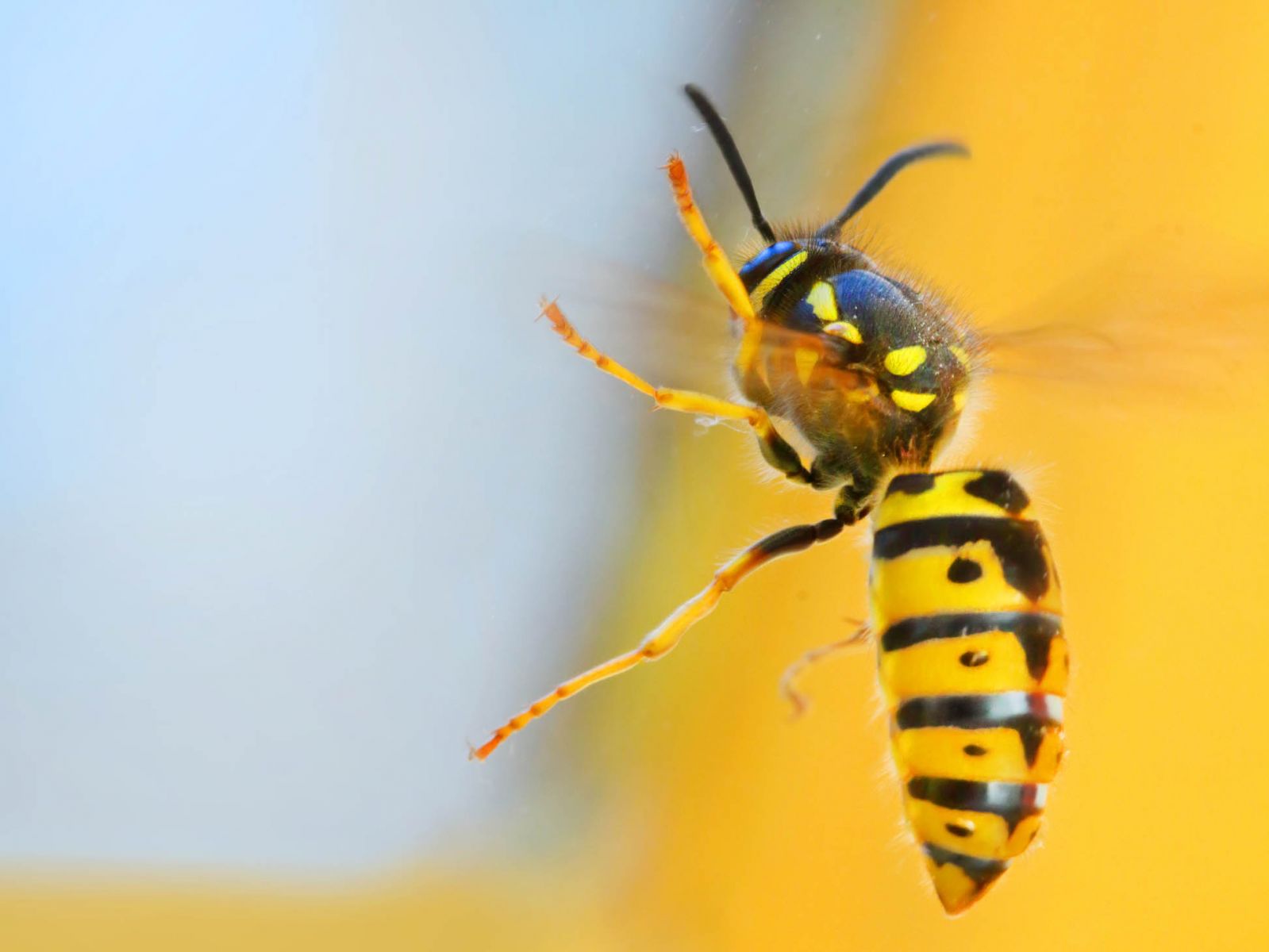
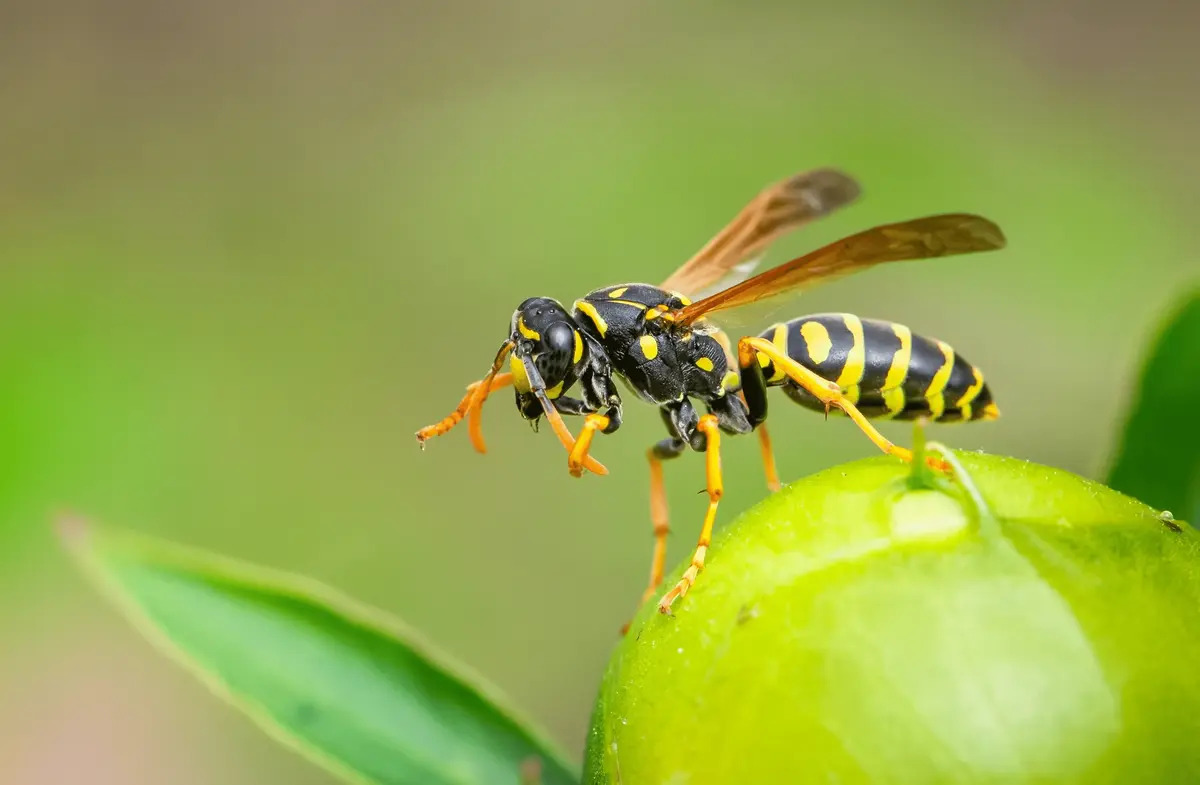
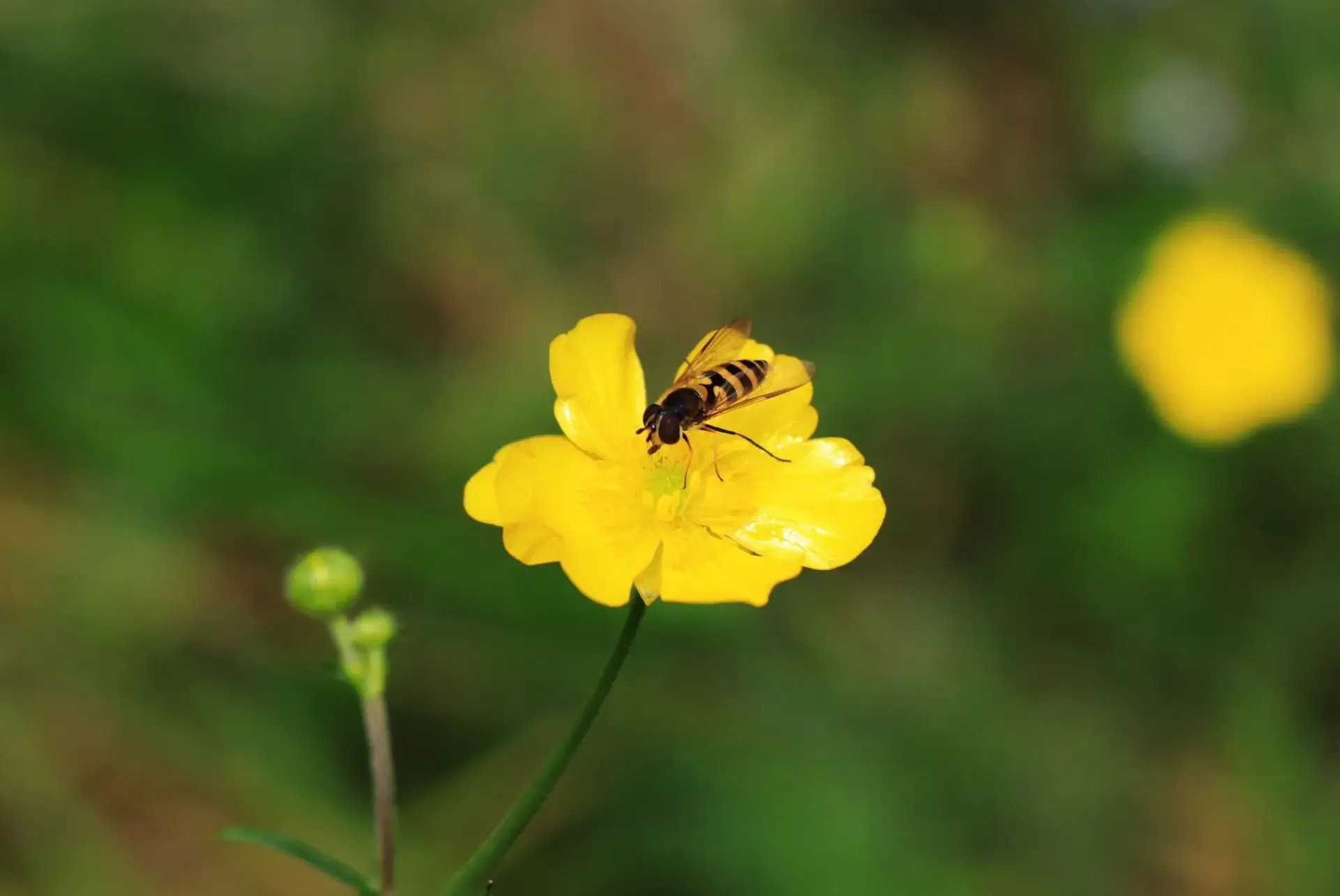
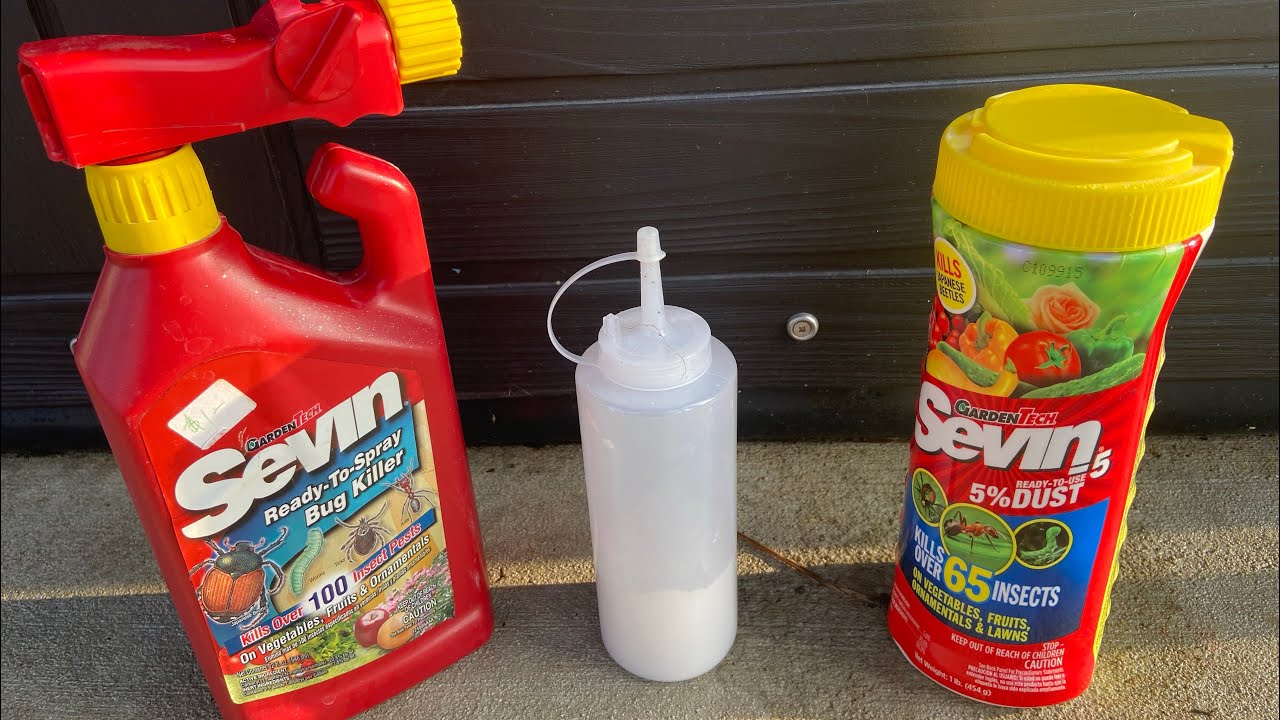
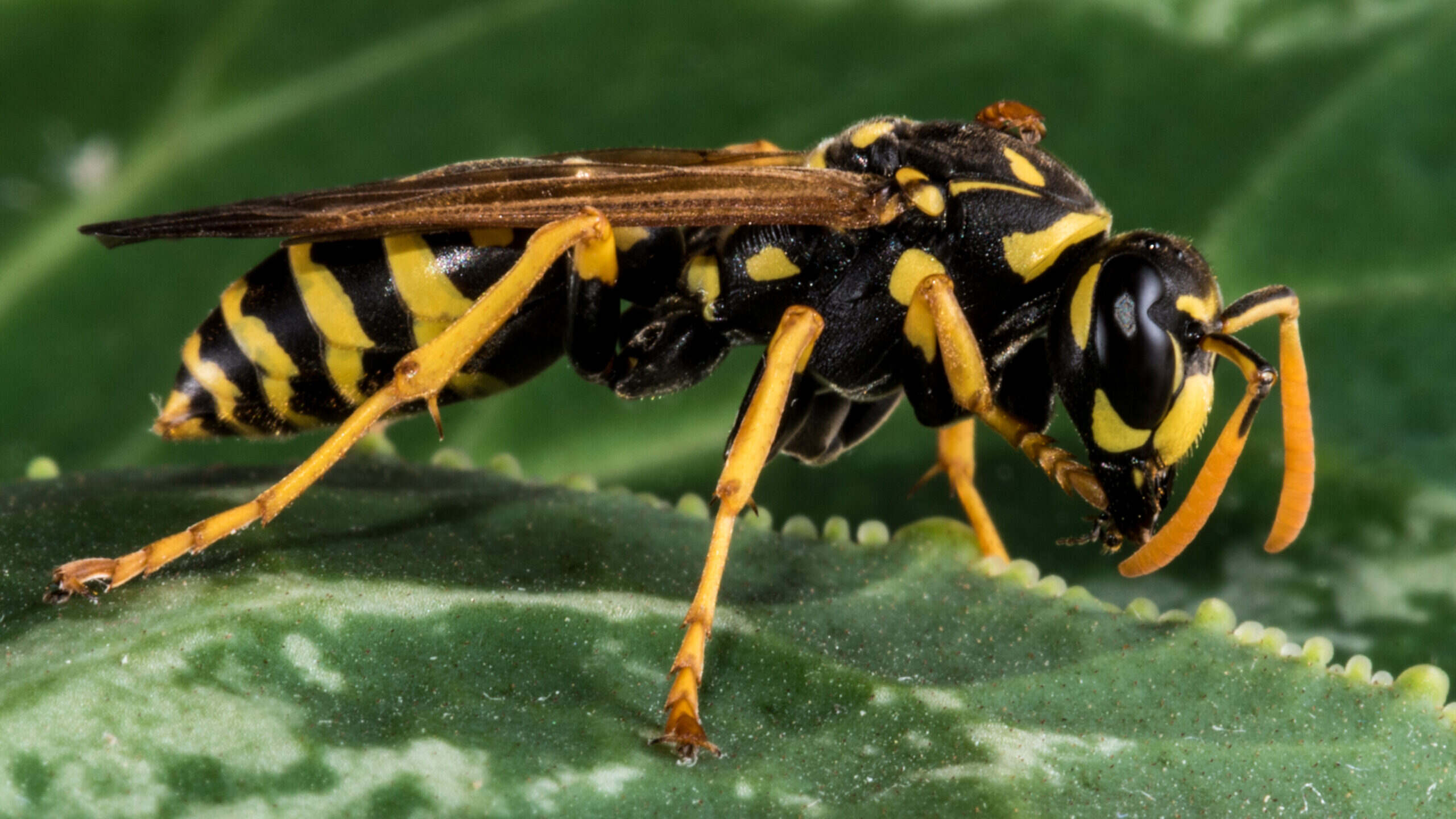
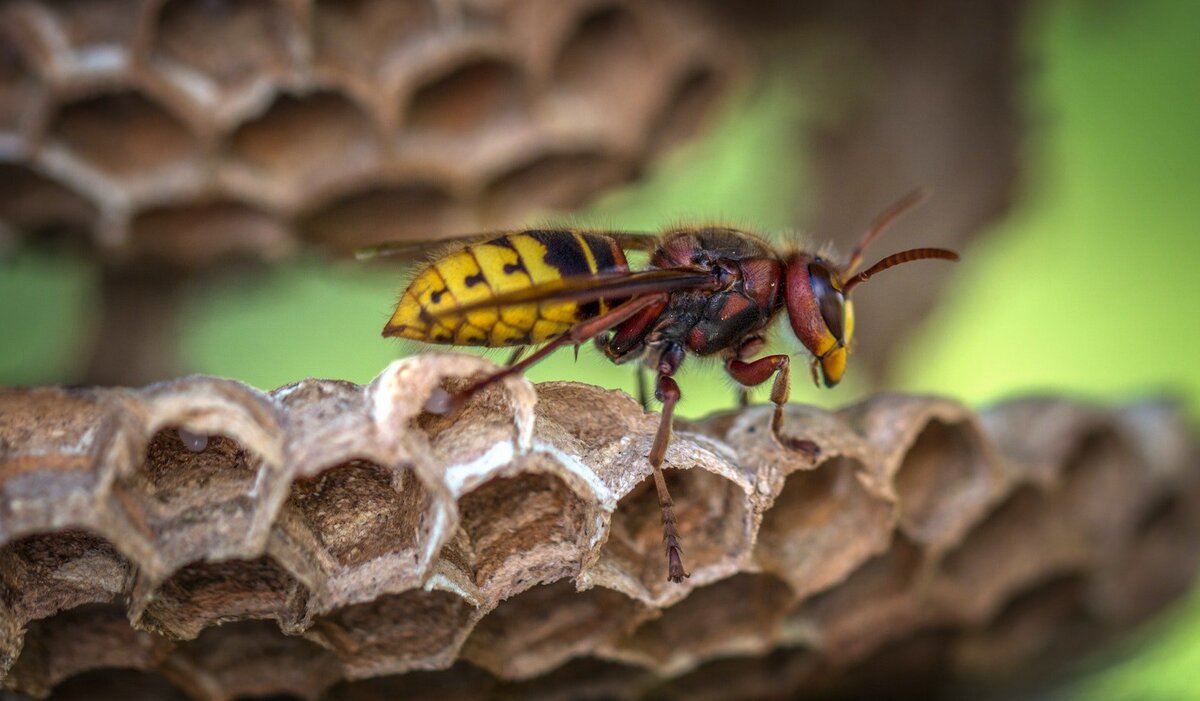
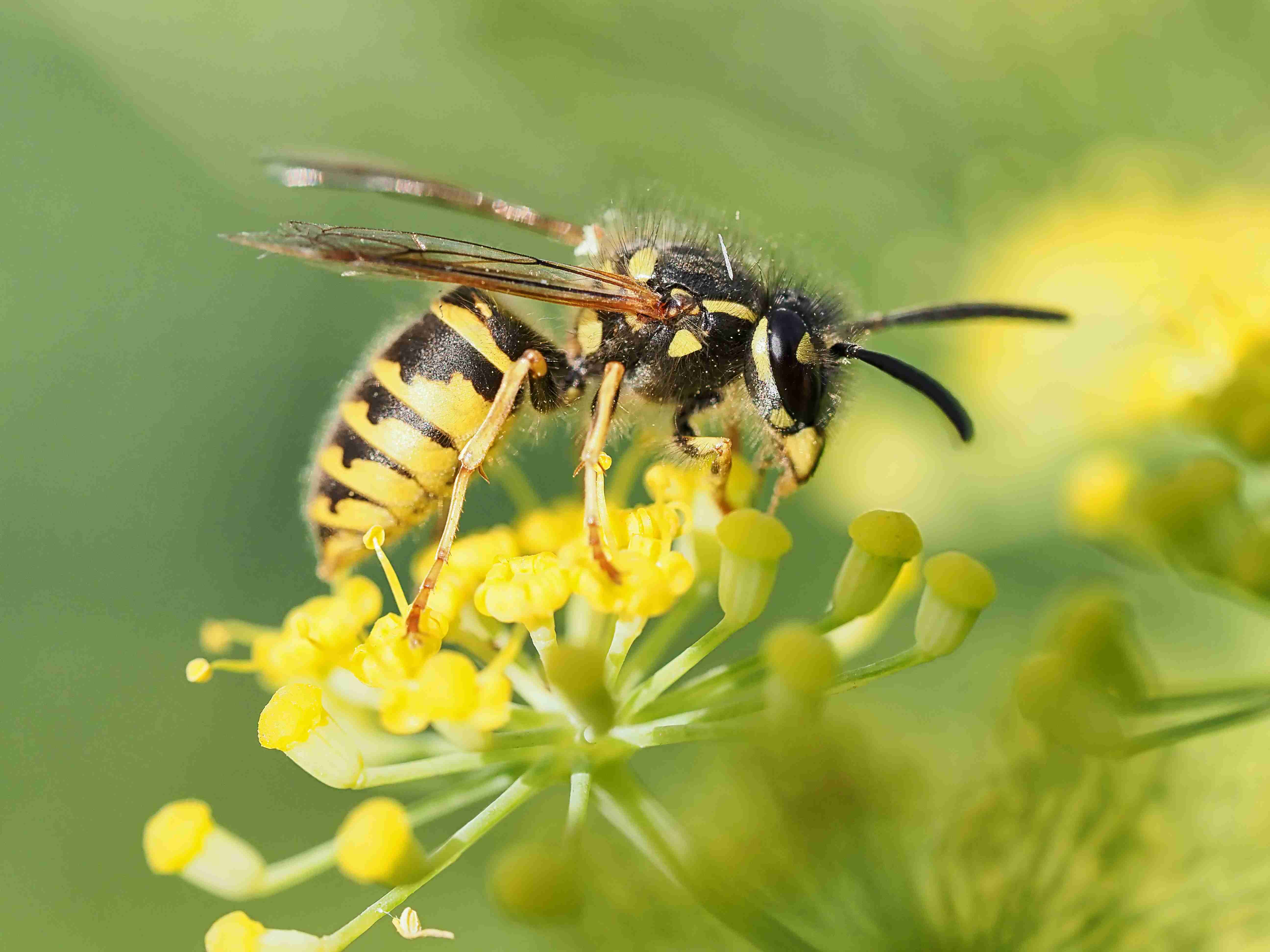
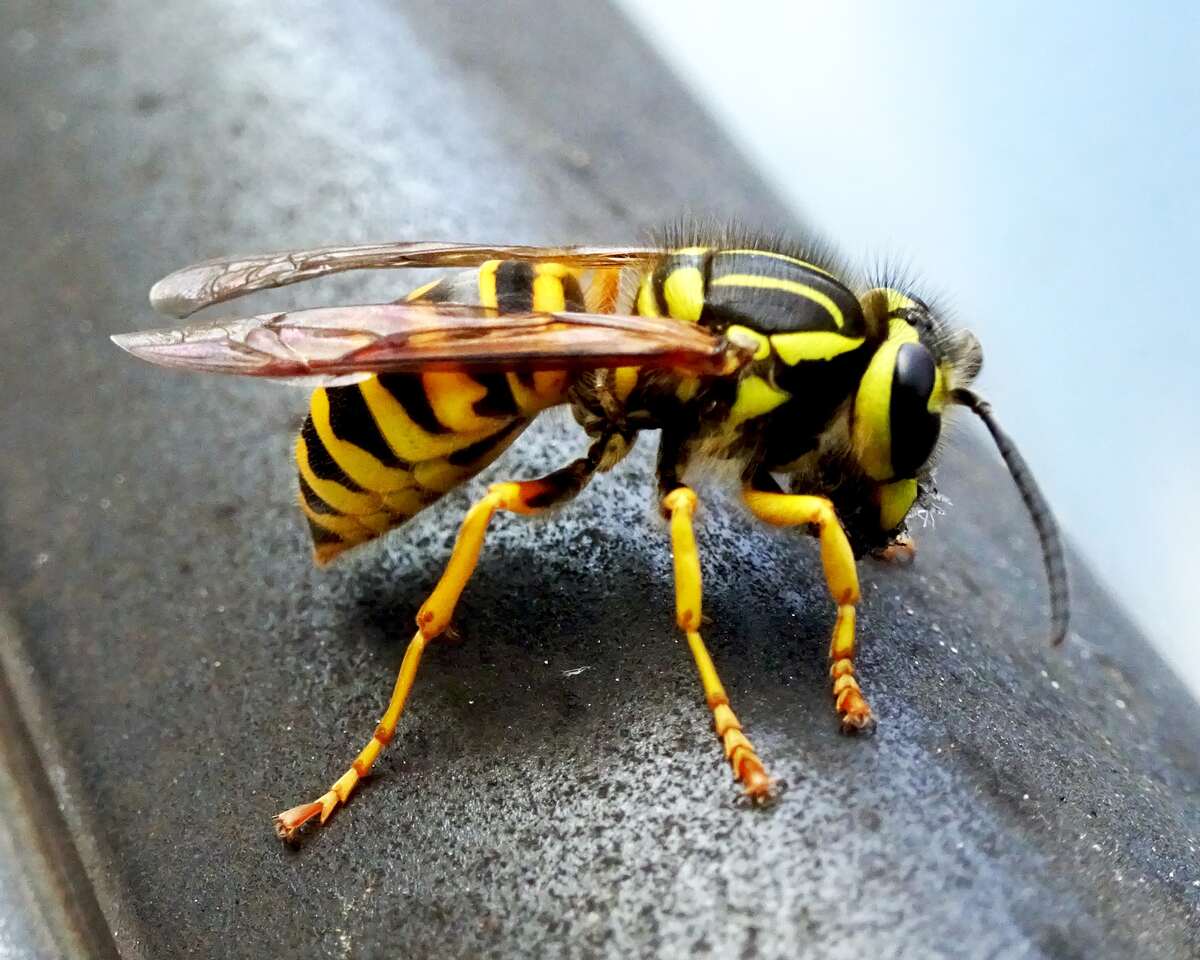
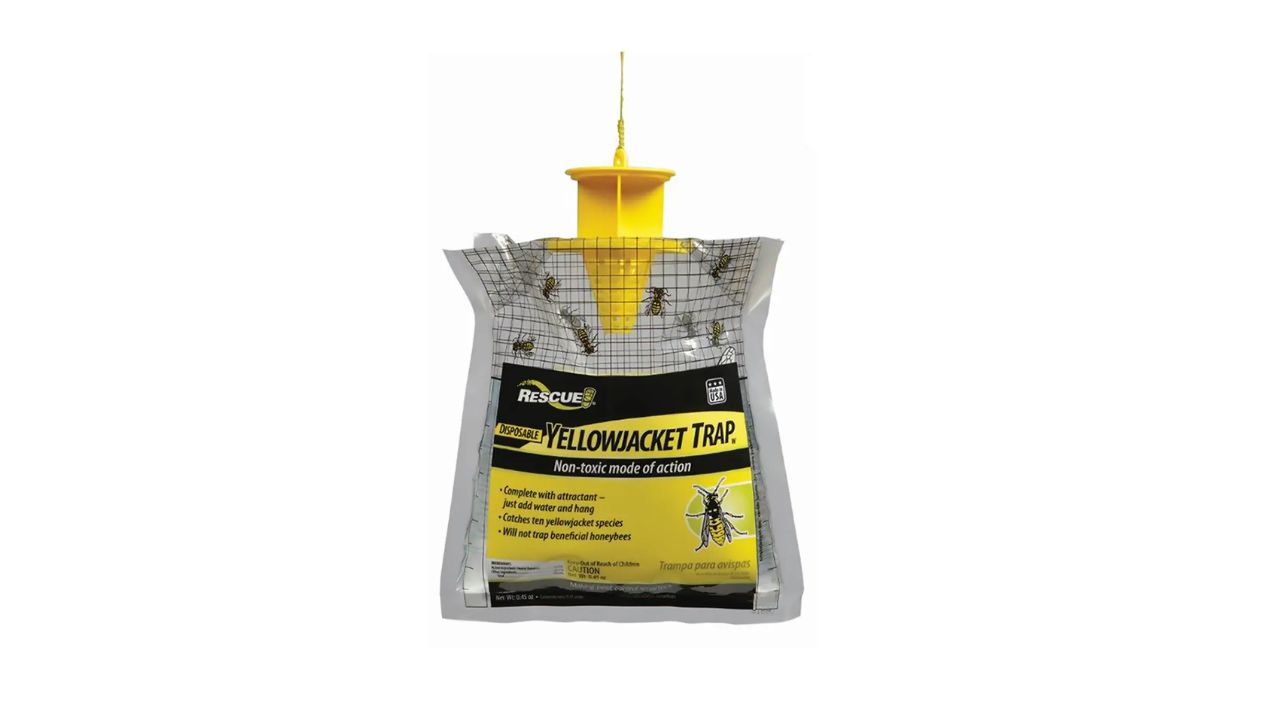
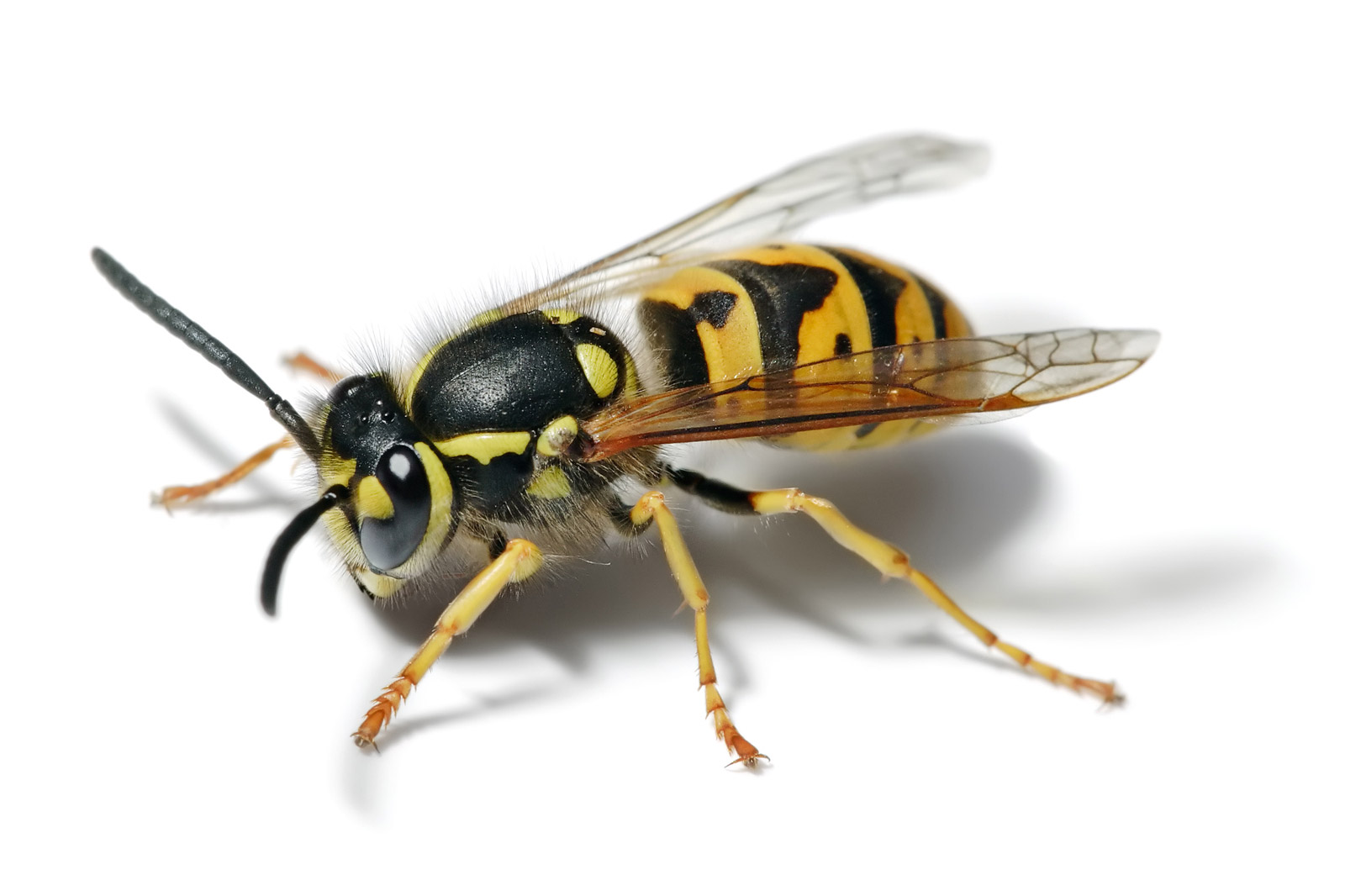
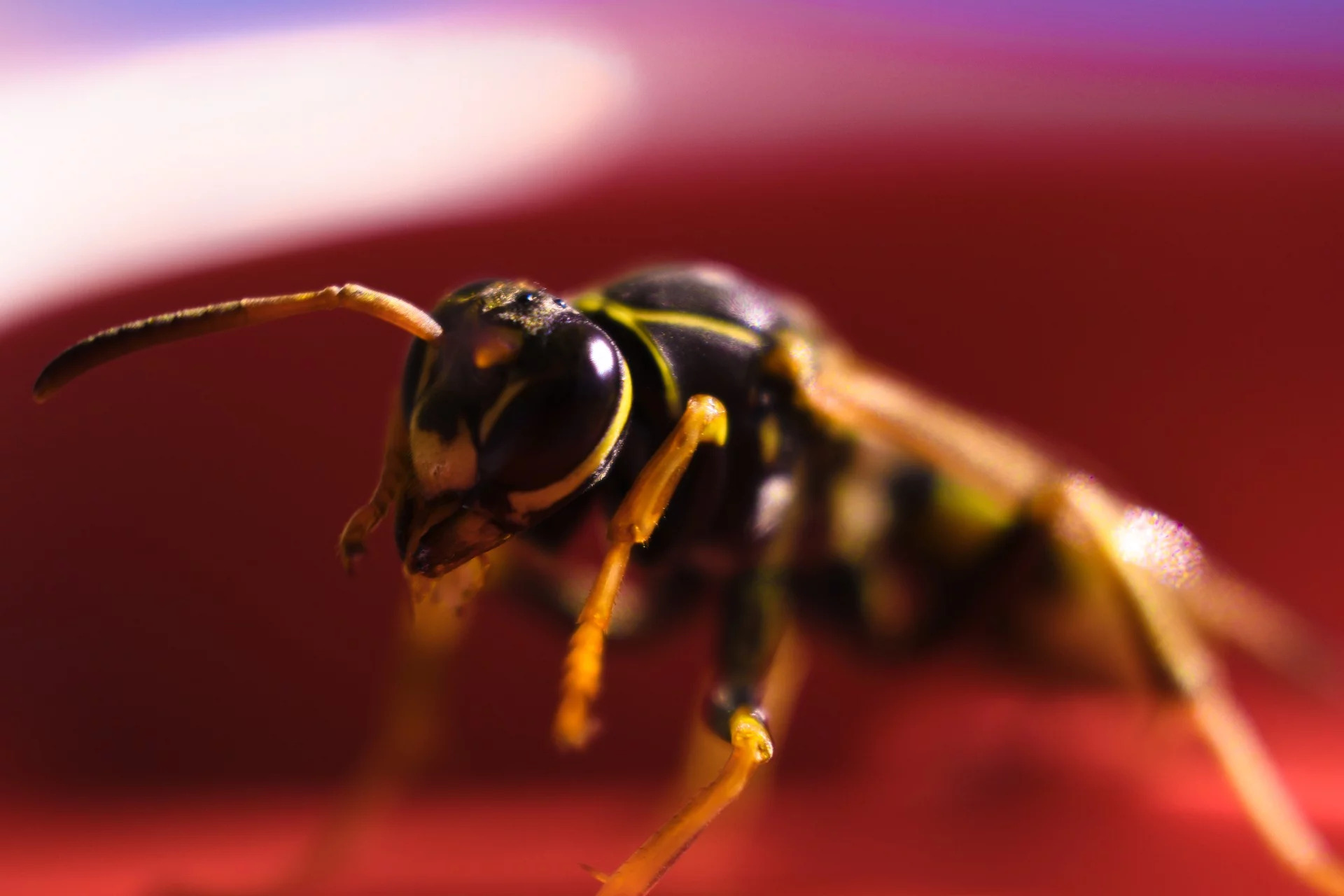

0 thoughts on “What Is The Difference Between Honey Bees And Yellow Jackets”